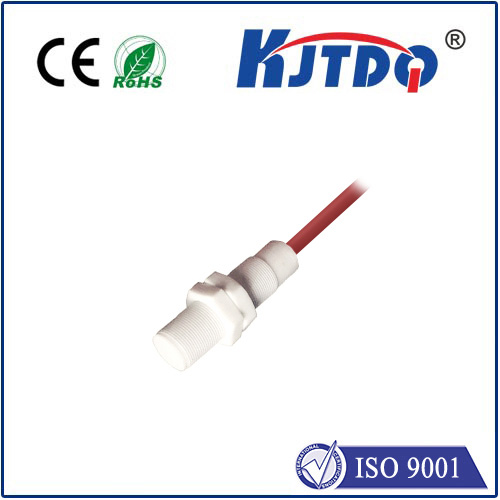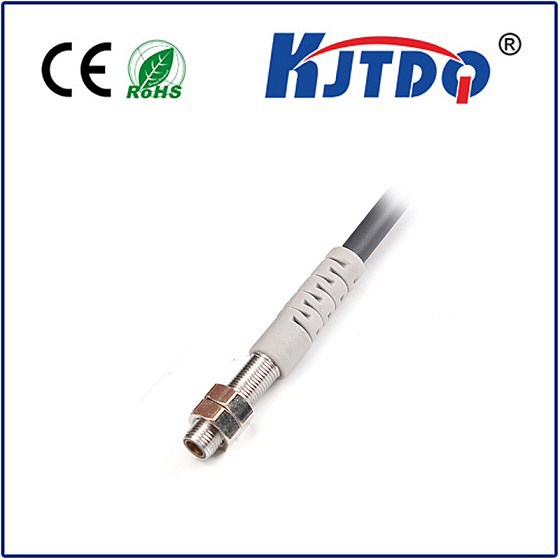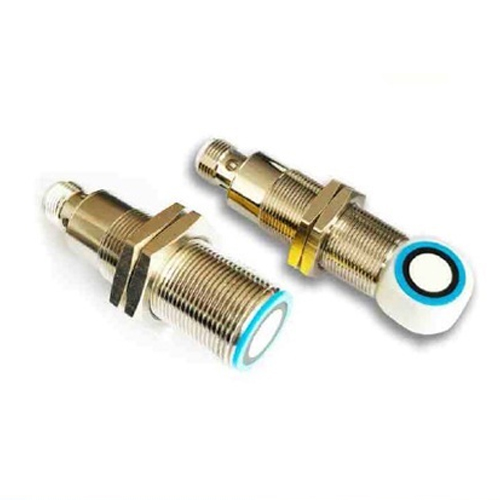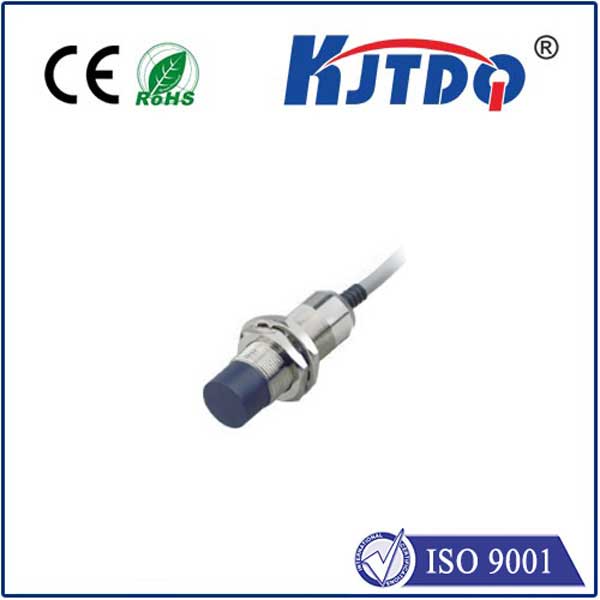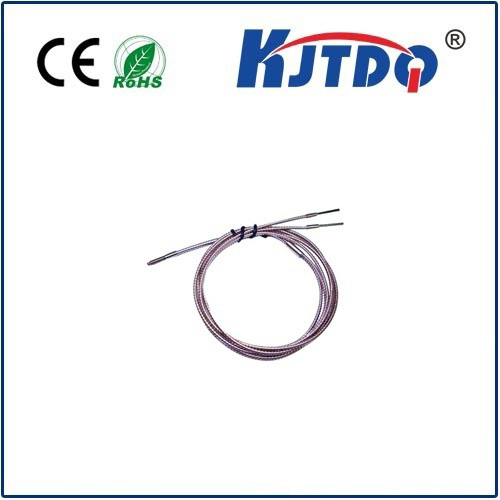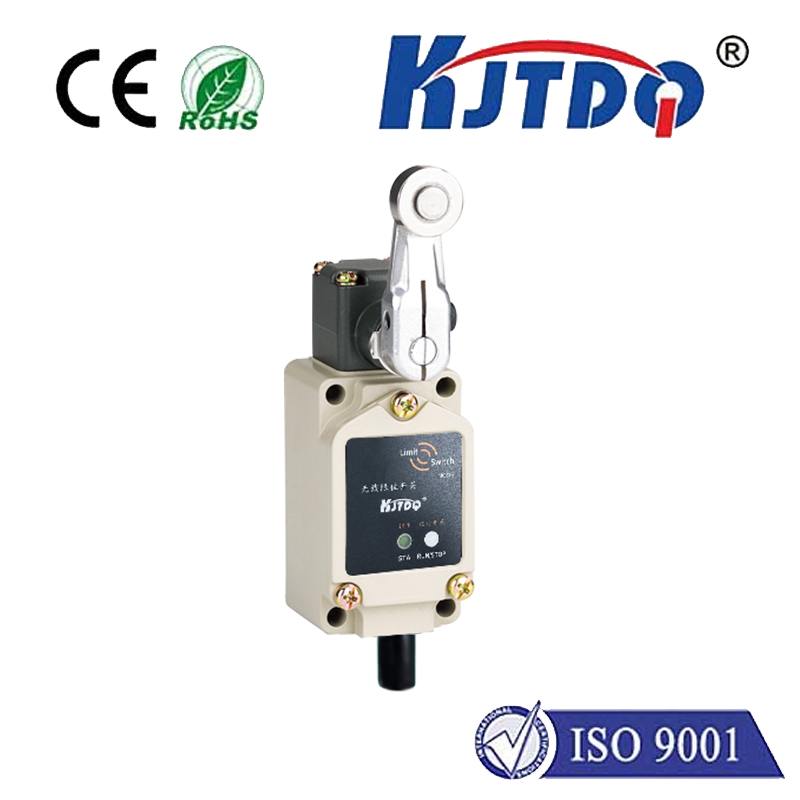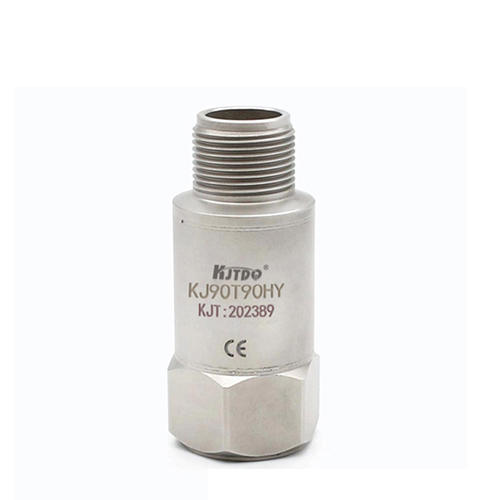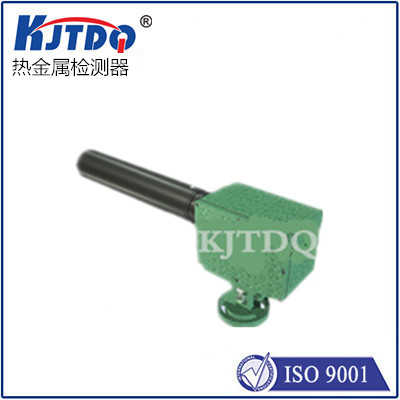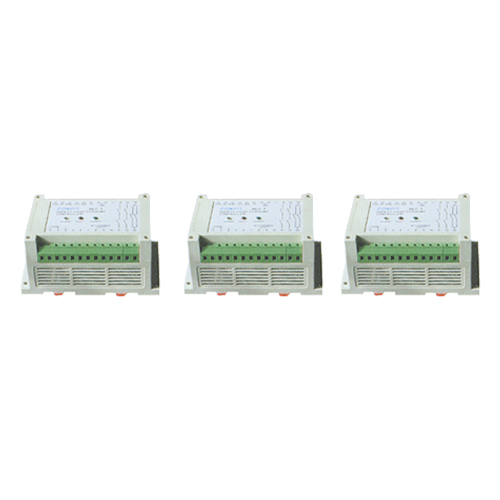In the field of automation control and object detection, panel-mount proximity sensors, with their unique mounting method and excellent performance, are gradually becoming an indispensable tool. This article will delve into the working principles, applications in various fields, selection criteria, and future development trends of panel-mount proximity sensors.
Panel-mount proximity sensors mainly utilize electromagnetic induction, capacitive effects, or photoelectric sensing technologies to achieve non-contact detection of objects. When an external magnetic field approaches the sensor’s detection surface, an induced current is generated inside the sensor. Through amplifying and processing this induced current, the sensor can output a corresponding electrical signal to determine whether an object is nearby and its distance from the sensor. This design ensures high sensitivity and accuracy while maintaining good durability and stability.

The application range of panel-mount proximity sensors is extremely extensive. In the industrial field, they are used for positioning, counting, speed measurement, etc., in automated production lines; in the security field, by installing them at entrances and exits, movement paths can be monitored in real-time to enhance safety levels; in intelligent home devices, these sensors can detect the approach of users, enabling automatic opening and closing of doors or activation of lighting systems.
When selecting panel-mount proximity sensors, multiple factors need to be considered comprehensively. Firstly, the type of detection object must be clarified. Different materials require different types of sensors. For metal objects, inductive proximity sensors usually offer better results, while for non-metallic objects like plastic or wood, capacitive proximity sensors are more suitable. Secondly, attention needs to be paid to the sensor’s detection distance range, response speed, and environmental adaptability. Additionally, the installation method and size of the sensor should match the specific usage environment to ensure accurate measurement and reliable operation.
With continuous advancements in technology, the performance of panel-mount proximity sensors continues to improve. Future development trends will focus on enhancing integration levels, reducing energy consumption, and improving intelligence. By integrating advanced microprocessors and communication modules, these sensors can not only complete basic detection tasks but also directly output digital signals for data analysis and remote monitoring. Moreover, as artificial intelligence and machine learning technologies mature, panel-mount proximity sensors are expected to possess self-learning abilities, further optimizing human-computer interaction experiences. Overall, panel-mount proximity sensors play an increasingly significant role in modern society. With deepening technological research and expanding application areas, this technology is poised to bring more convenience and value to our lives.
